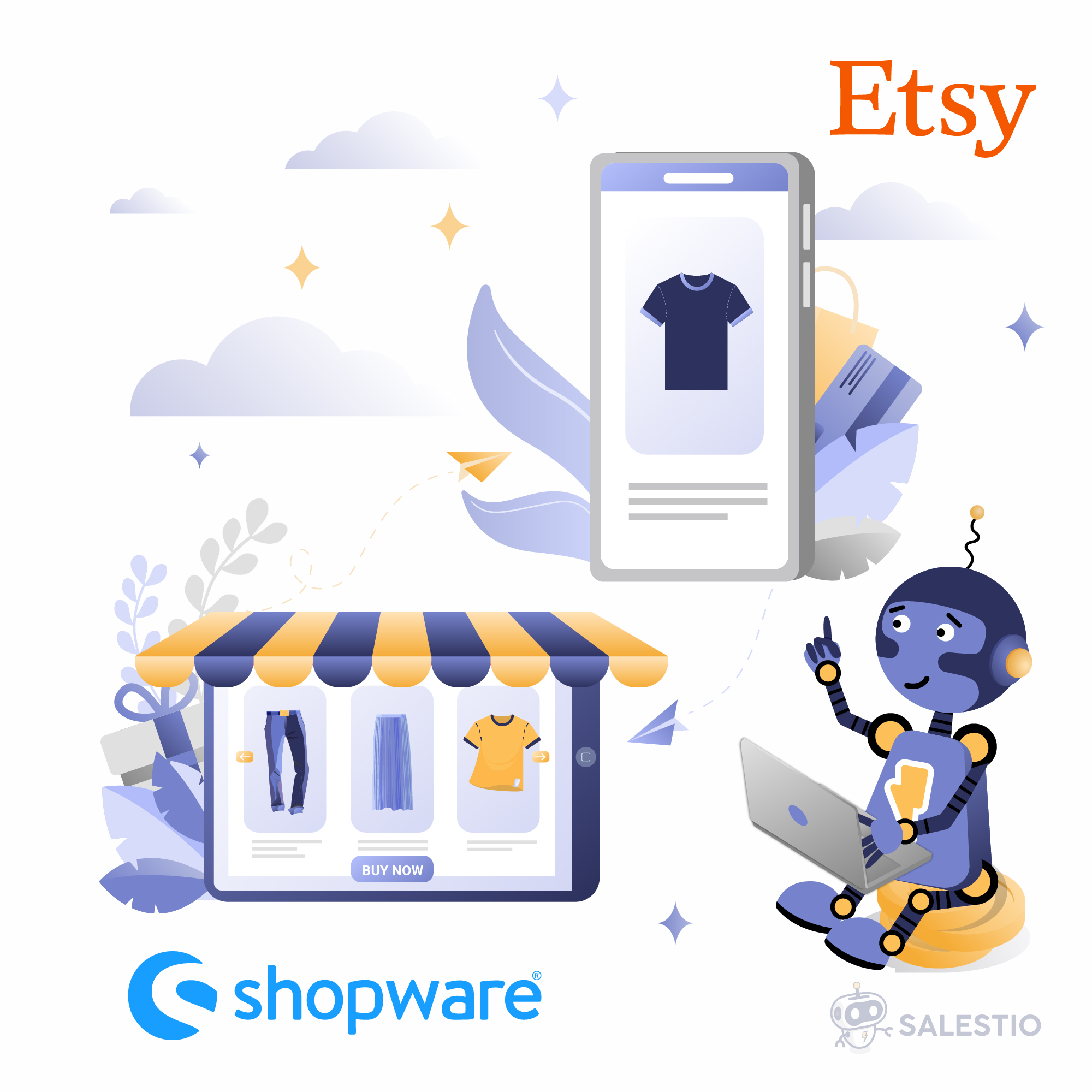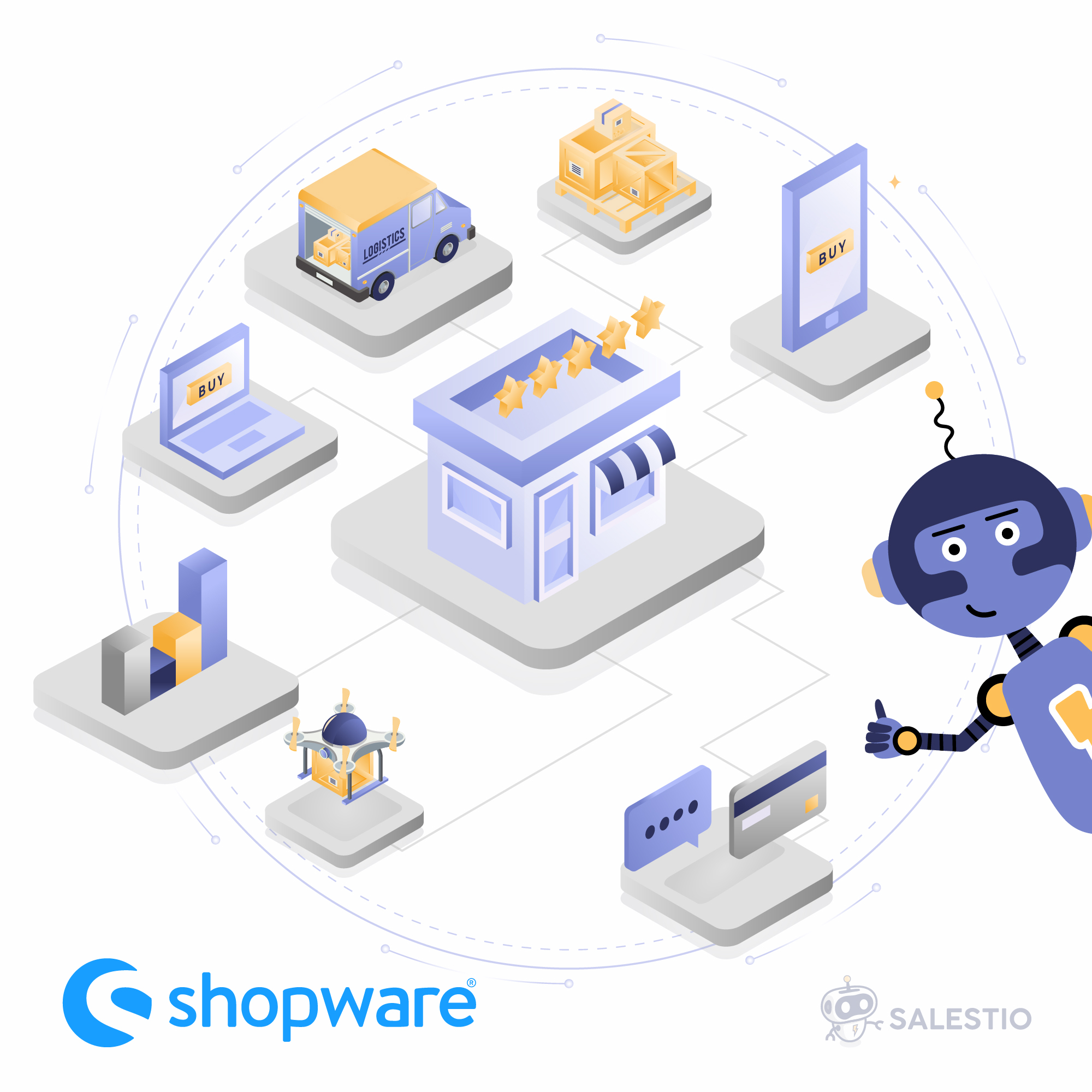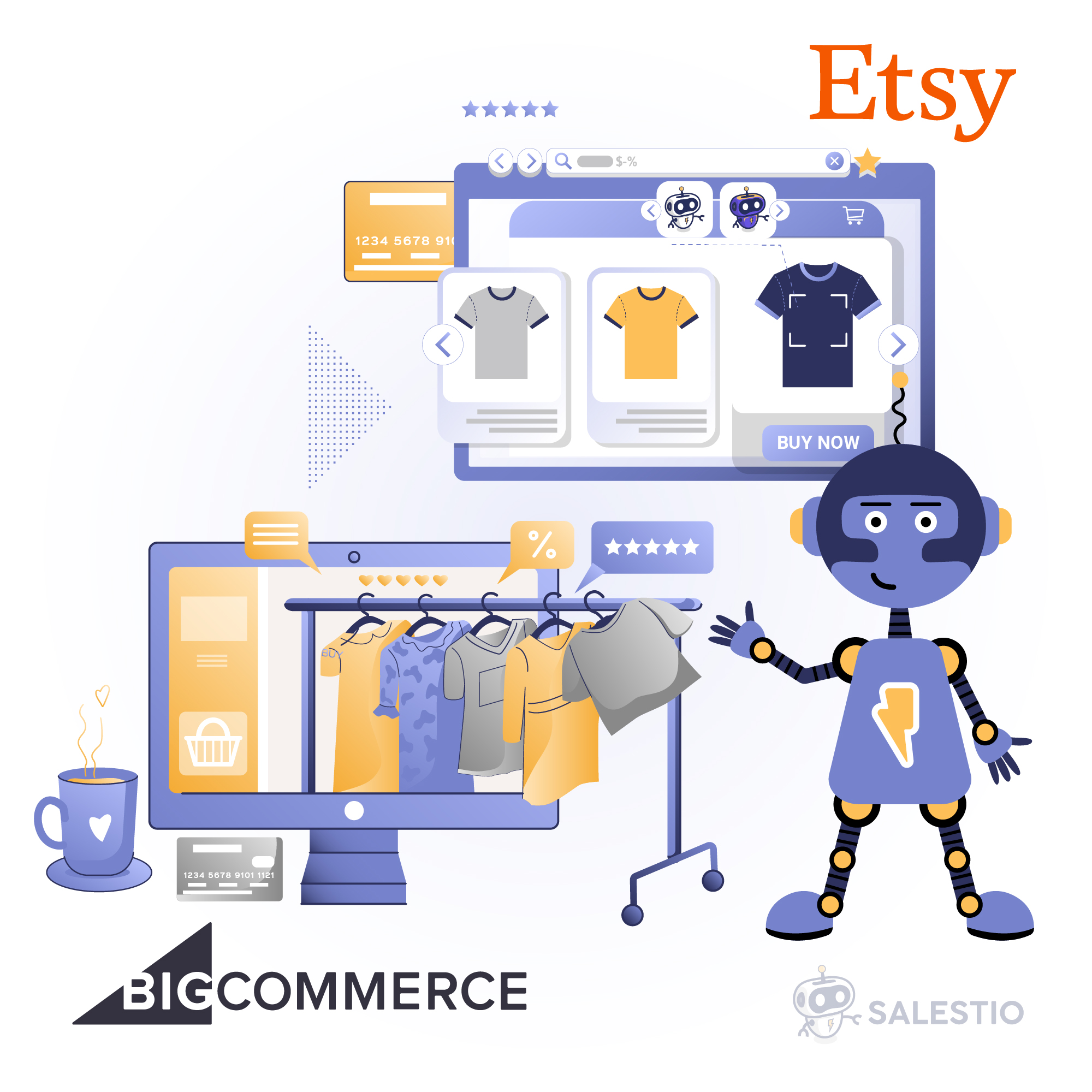15 Nov'24

Sales reports play a big role in managing an e-commerce store because they provide insights into revenue, customer behavior, and performance of the products. It is easier to make decisions for the business with the help of efficient analytics tools.
Shopify and BigCommerce are some of the most popular platforms among sellers as they offer a variety of tools to manage online stores. In today’s article, we will explore how useful the available options are and how different the two platforms for generating sales and order reports are.
Efficient use of sales reports can reveal useful insights for the store:
- Revenue tracking provides a clear picture of total sales. This helps estimate profitability and set financial goals.
- Trends can guide inventory and marketing strategies. Analysis of historical data reveals seasonal patterns and emerging market tendencies.
- Customer insights like buying patterns, preferences, and demographics give sellers a better idea of how to tailor the offerings.
- Product performance details reveal which products are underperforming. Knowing which items sell well helps with efficient inventory management.
Sales reporting tools in Shopify
Shopify offers a graphic analytic summary for the store with the option to check all kinds of reports in more detail.

The reports are sorted into different categories to make each one easier to find. The stats can be generated for various metrics, like sale count, order count, buyer location, value of the ordered items, and so on. Go to Analytics > Reports in Shopify to find all the available options.

Amazon sellers can consider syncing the orders to Shopify using Salestio. Syncing orders allows using the Shopify reporting system for orders from both platforms. Default Salestio settings will import FBM orders into the Shopify store, so the analytics will be available. To set it up for FBA orders too, check out this article:
How to get Amazon FBA sales reports in Shopify with Salestio
One of the simple reports is “Sales by product”. This report helps to find the best and worst selling products:

Higher-tier Shopify subscriptions (Advanced Shopify and Shopify Plus) offer additional options in terms of sales reports:
- Ability to generate custom reports. New reports can be built from a template or created using another existing one. Sellers get the ability to choose the desired data columns and add extra filters to display the needed information.
- Predictions for customer-based reports. Subscribing to a higher plan reveals projections from Shopify about potential revenue from a given customer group. This information might prove useful when making decisions about targeted marketing strategies.
Shopify analytics can be extended with third-party apps. If you are looking to enhance the base feature set of Shopify, check out this article for more ideas.
Analytics in BigCommerce
The Analytics page in BigCommerce can be accessed from the sidebar. All of the available reports are shown under this category.

BigCommerce offers a variety of reports, including order reports, sales reports, marketing, and much more. One of the more unique sections is “Real time”, which displays live stats about the store with updates every minute:

Subscribers of the Ecommerce Insights package for BigCommerce get additional tools to discover potential revenue increases. The upsides include reports about individual highest paying customers, recommendations about underperforming products, products that rapidly lose performance, and other recommendations on what to improve or focus on.
If you are still choosing between using a platform like Shopify or BigCommerce, or selling on online marketplaces like Amazon or eBay, check our comparison below. Maybe you will choose both: Marketplaces vs. E-commerce Websites: Pros and Cons
Both Shopify and BigCommers offer plenty of tools to gain insight into the performance of an e-commerce store. While Shopify has a wider variety of possible reporting options, BigCommerce gains more assistant-like features from its premium plan. The choice of platform depends on your preferences, and Salestio is available for both options if you want to use the app: Salestio for BigCommerce | Salestio for Shopify





